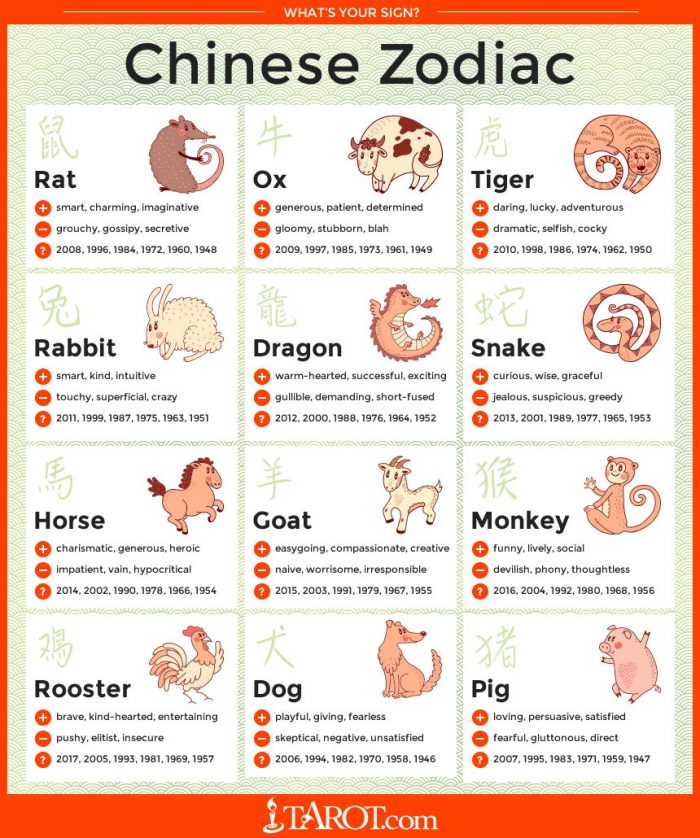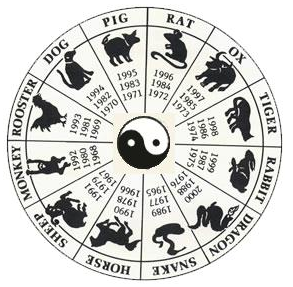Buddhism is good stuff. It’s always surprising.
When our world, our mind, our heart, our daily life is full of turmoil—well, that’s not a bad thing. We don’t have to run from it.
As the saying goes, a ship is comfortable in port, but it’s built for the sea. It is only through fear that we can experience true fearlessness—fearlessness born of soft heart, not arrogance.
But, too—and this is important—there is nothing “better” about turmoil. We don’t have to buy into the klesha or drama.
We can ease into peace and humor and empathy. That’s living.
Enjoying neurosis, defining our lives by our projections is the Buddhist definition of crazy. And that’s okay. We all buy into our own bull. But sanity is coming back to peace, to empathy, to reality, to truth, to honesty, to our own soft heart.
In this busy speedy world of ours, it’s important to be able to relax into hot boredom, and turn it cool.
In this busy speedy world of ours, it’s important to be able to come back to this present moment, again and again, and know that our lives are not defined by others’ success or suffering.
Our life is defined by our ability to come back, again and again, to this moment, and to empathy for self and others both.
Yours in the Vision of Enlightened Society,
Waylon H. Lewis

The hardest time of the year comes right before the Eastern New Year. It’s called Don Season.
Bonus:
Waylon Lewis on how to mindfully survive Don Season.
Don Season & the Tibetan New Year.
A Time to Chant as Seasons Change
This year, in the Tibetan lunar calendar, Shambhala Day, or Losar—the New Year—begins in just a few days.
 Each year is a combination of one of 12 animals and one of five elements.
Each year is a combination of one of 12 animals and one of five elements.
So, soon, we say goodbye to past year, and hello to a New Year.
This upcoming year is to be one of action and adventure, a time for innovative ideas, genuine progress, generosity, and compassion. Hopefully that spells out a turning toward green and renewable sources of energy!
Supposedly, children born in the New Year of the Wood Horse [references to Horse below are from a past year; but general truths about mindfulness, Don Season and the cycle of the New Year are timeless] are alert, intelligent, friendly, charming, quick-witted, innovative and active. They are good company, out-going, bright and broad-minded. But although those born in years of the Horse are talented, in the rush from one project to another there can be carelessness.
Obviously, it is always good to be mindful and awake. From this ultimate point of view, there is no difference in the years, for from this point of view there is no time!
 But relatively, according to those who practice in the Tibetan Buddhist tradition, not only are the years different but the period 10 days before Losar (this year, from the 19th-28th of February) is the time known as the don season, a time when heightened mindfulness and awareness are needed.
But relatively, according to those who practice in the Tibetan Buddhist tradition, not only are the years different but the period 10 days before Losar (this year, from the 19th-28th of February) is the time known as the don season, a time when heightened mindfulness and awareness are needed.
Just as most of us feel a sign of relief at dusk, knowing the work day is almost over, feeling that soon we can kick back and relax—that is also the exact time during the day when our mindfulness wanes, when we have a tendency to be a bit careless. That is why those who meditate in the Tibetan tradition do “protector chants” just at that time, to rouse and reassert awareness.
Just so, at the waning of the old year, when Spring has not yet sprung and Winter is still dragging on, we may find ourselves longing for some sign of Spring—that dreamy hope pulls us away from being fully present and can make us vulnerable in mindless moments. And a slip, a fall, an accident only takes a moment (I should know, having fallen just last week). This vulnerable time of year known as don season seems to be when the old karma from the past year comes home to roost.
Although Buddhists know that all chants and rituals are mere mental fabrications, we also experience their power, energy, and ability to wake us up by directing our awareness beyond habitual small-mindedness.
Often when we meditate we only recognize and let go of the most obvious thoughts. The subtle projections are harder to spot. But protector chants blast us into the magic, wonder, and sacredness of space by blowing our conceptual mind.
These protectors we invoke and imagine are connected with the energy of karma, action, the cause and effect of relative reality. They need not be seen as external, but can be viewed as aspects of our own mind. However, since we habitually operate on a dualistic level, it is perhaps helpful to trick ourselves into thinking of the mamos as “out there”.
 These protectors we visualize are surrounded by flames, symbolizing wisdom and wrathful compassion. After chanting we feel more wide-awake and sensitive to the subtle signals from the world post-meditation. Thus we are better able to be of benefit on the spot.
These protectors we visualize are surrounded by flames, symbolizing wisdom and wrathful compassion. After chanting we feel more wide-awake and sensitive to the subtle signals from the world post-meditation. Thus we are better able to be of benefit on the spot.
There is one particular chant that is added to the usual protector chants during don season. It is known as the Mamo Chant, and it is recited at this time to pacify any personal, social, or environmental negative karma accumulated at the year’s end. Mamos are fierce feminine deities, also called dakinis, who were tamed by Padmasambhava, who brought the Buddhadharma to Tibet in the 8th century. When he encountered mamos in the form of obstacles on his way to transplanting the dharma in Tibet, he overcame them by binding them by oath into protecting the dharma.
As it says in the Mamo Chant: “When people dress sloppily in clothes of rags,/Eating bad cheap food,/ When there are family feuds and civil wars…”at this time when karmic tendencies of the old year ripen, this is the time to practice with vigor! And the Mamo Chant in particular provides a way to transform and purify such negativity.
This negativity may manifest as difficulty, discord, obstacles, or bad decisions which lead to misfortune, injury, sickness, suicide, or environmental chaos. Again, as it says in the Mamo Chant, “May sickness cease and plague be averted…/Please avert sickness, dons, and obstacles…/However we have strayed from the path of omniscience,/May the host of emanation dakinis forgive us.”
At the very least, the protector chants free us from the karmic momentum by invoking these dharma protectors who are a form of enlightened energy.
In Shambhala Centers throughout the world the protector practice is open to everyone. Usually the practice begins around 5:30pm with meditation.
After the 10 days, there is a neutral day before Losar. This is a good day to clean house, get rid of clutter, and to pitch in at the Center and one’s community to do the same. The point is to be ready for a fresh start in this New Year of the Wood Horse!
Love elephant and want to go steady?
Sign up for our (curated) daily and weekly newsletters!
Asst. Editor: Edith Lazenby/Editor: Bryonie Wise
Photo: flickr Creative Commons
More on Mamos:
Dön Season: Be Very, Very Afraid! ~ Eileen Malloy
 Share on bsky
Share on bsky


Read 12 comments and reply